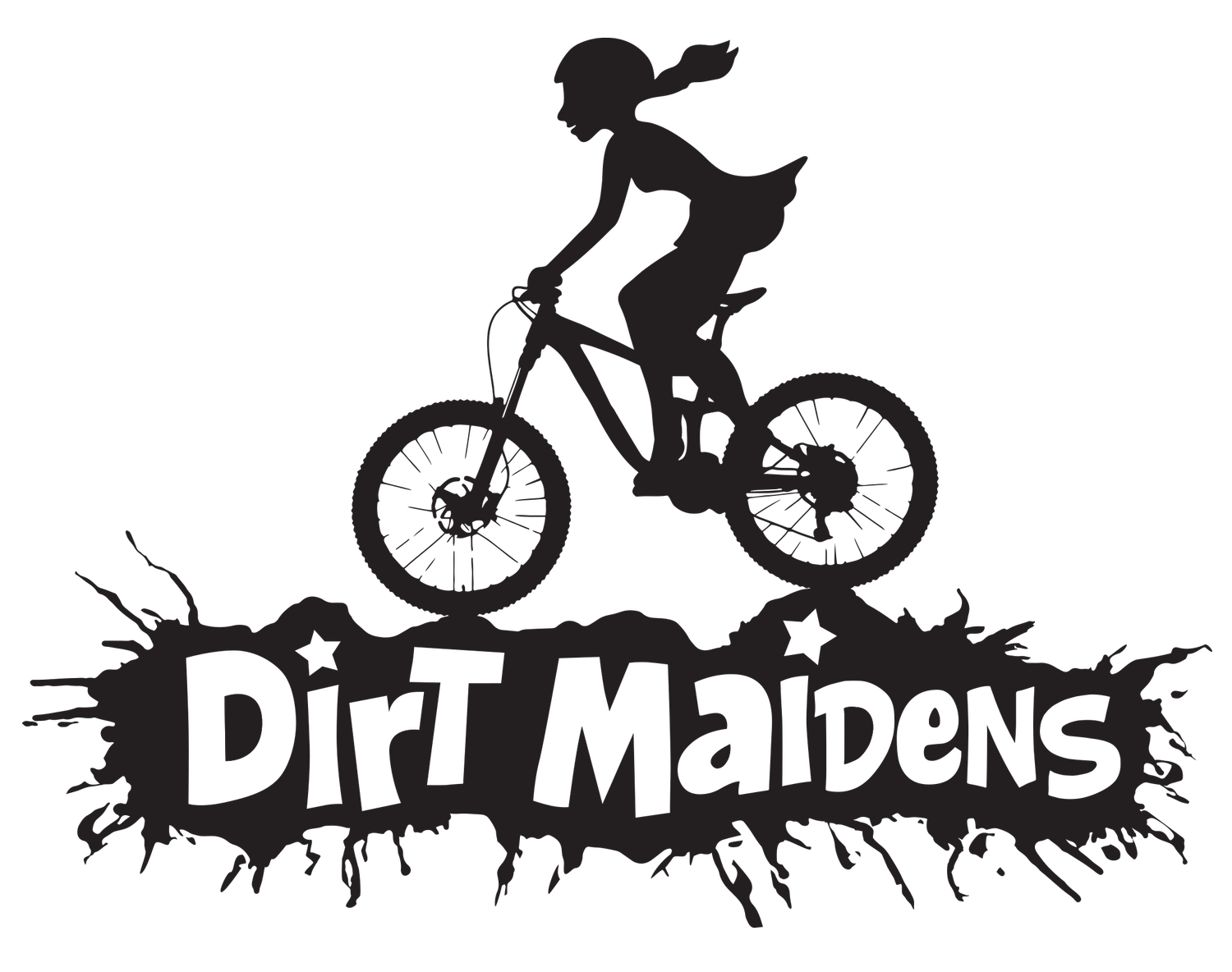Shoes and pedals
Shoes and Pedals
20/10/2022
The touchpoints that connect you with your bike are very important. In this post, we talk shoes for mtb, and the different types of pedals to choose from and why this combination is an important consideration.
What shoes should I wear?
Many women start out mountain biking in whatever sports shoes they own- runners, joggers, skate shoes, hiking shoes. These are fine, and will do the job, however NO ONE I have ever spoken to who has changed from runners to mtb shoes has ever regretted it!
Runners
Runners have different types of tread on them, usually they are bumpy so they have less surface area that comes into contact with the ground compared with a skate style of shoe (like Vans, or Dunlop Volleys).
Skate shoes
A skate style shoe is better than a runner/jogger. They are much flatter on the sole, so when it comes into contact with a pedal, there is much more surface area in contact with the pedal. More contact means more grip, which means more pedalling power and less slippage of feet off pedals.
Skate shoes are great for getting started.
MTB specific shoes
A MTB specific shoe is the next step up. These come in many shapes and sizes, depending on what type of riding you’re wanting to do. Five Tens have a special type of rubber on the sole that tends to stand up to the sharp and destructive nature of metal pins on pedals. They are also stiffer in the sole, which gives you a nice platform and is helpful for increasing power and balance.
Are all pedals created equal?
Most bikes come with a fairly basic plastic pedal. Older bikes have quite narrow platforms. Changing your pedals can make a big difference to your riding, as the grip increases and you have more contact with the pedal. This is great for efficiency and reduces slippage.
Flat pedals or ‘flats’ have many benefits, the main one being that you can put a foot down quickly if you need to. This is super important when learning to ride, and is helpful if you’re starting on any technical terrain.
For cross country/trail/enduro riding, a broad platform with small pins is a great option. Another thing to consider is shin pads, so that if you do slip off, you don’t end up with a big pedal bite!
Basic plastic pedals that come on many bikes, especially kids bikes.
These Saints are flat pedals with sharp pins. They’re super grippy when paired with skate shoes or even better with Five Tens.
What about cleats?
Shoes with cleats are not recommended for beginners. Many people will never move to cleats, and the way that technology has evolved means that there are pedals and shoe combinations that are so grippy that you won’t notice foot slippage. Cleats take a lot of practice to confidently ‘clip out’ of quickly, which seems to put many people off switching over.
The benefits of cleats however, are well documented. They keep the foot attached to the pedal so that the rider can pedal more efficiently. The foot can ‘pull’ up on the pedal as well as push down, and power can be applied in all positions of the pedal stroke. Because the foot is attached to the pedal, it also eliminates foot slippage and pedal bites! They have their place, particularly in racing, or if you are riding long distances on less technical terrain.
If you decide to ride with cleats, having them set up is important. Chances are that if you’re in this category, you are a road rider and know how to set them up. You want the cleat to be under the ball of your foot, and to loosen the cleat as much as you can so you can clip out easily.
These pedals have a hole for an allen key so you can loosen or tighten the mechanism, making it easier or harder to ‘clip out’. I recommend having it on the easiest so you can clip out quickly if needed.
What is your experience with pedals? Would love to hear any tips and tricks that you can share to help others get the most out of their pedal set up! Email me at dirtmaidens@gmail.com :)





